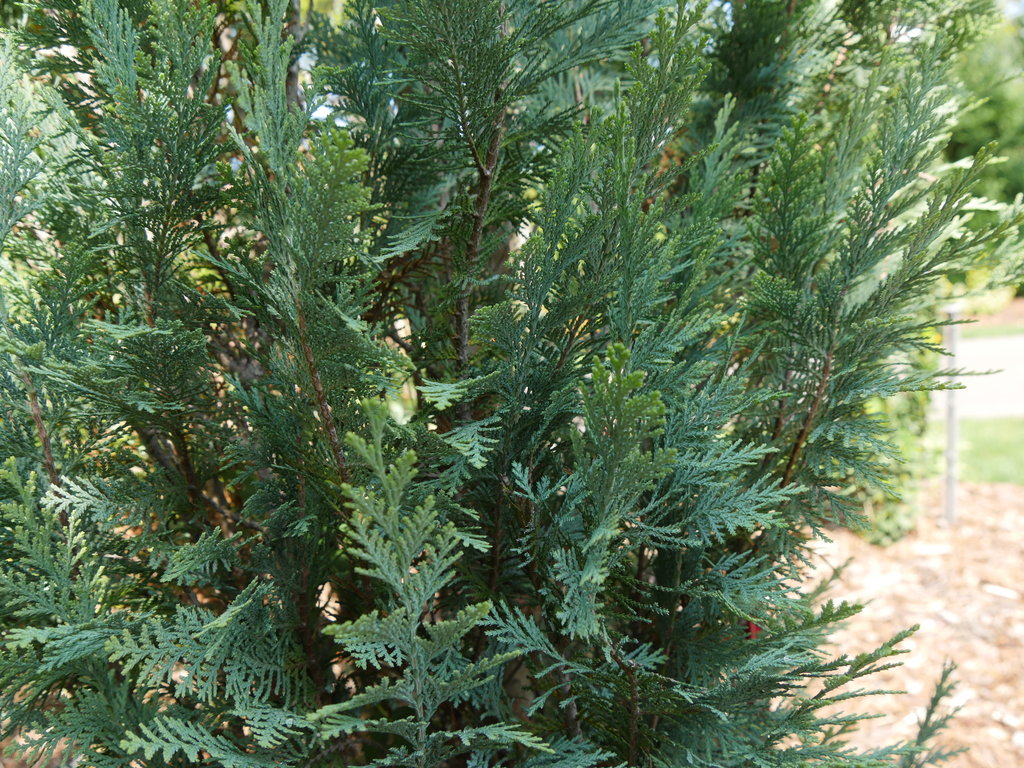
Many species have white markings on the underside that aid in identification. Leaves: Woody Plant Leaf Characteristics: Needled Evergreen Leaf Color: Gold/Yellow Green White Leaf Value To Gardener: Fragrant Long-lasting Leaf Type: Compound (Pinnately, Bipinnately, Palmately) Needles Leaf Arrangement: Opposite Leaf Shape: Obtuse Ovate Rhomboidal Leaf Margin: Entire Hairs Present: No Leaf Length: Flowers: Flower Color: Gold/Yellow Green Red/Burgundy Flower Value To Gardener: Good Cut Good Dried Showy Flower Size: Fruit: Fruit Color: Brown/Copper Green Fruit Length:
#Pinpoint blue false cypress growth rate full


Tags: #evergreen #drought tolerant #specimen #large tree #conifer #salt tolerant #winter interest #tsc #fall interest #accent plant #rabbit resistant #stream banks #deer resistant #summer interest #English garden #spring interest #Asian garden #vertical spaces #evergreen tree #tsc-cg #hedge Profile Video: See this plant in the following landscape: Cultivars / Varieties: VIDEO Created by Elizabeth Meyer for " Trees, Shrubs and Conifers" a plant identification course offered in partnership with Longwood Gardens. This species has some susceptibility to juniper blight ( Phomopsis juniperovora) and root rot. Insects, Diseases, and Other Plant Problems: Minor insect pests include bagworms, witches' broom, spindle burl gall. Use cypress trees in formal English, or Asian gardens, or along riparian areas. In the home landscape, compact or dwarf cultivars are popular as small accents or specimen trees, providing winter interest. They will tolerate drought and moderate amounts of salt as well as browsing by deer and rabbits. Cuttings may be rooted in late summer for propagation.Ĭypress trees provide vertical interest to the landscape as a handsome specimen and are sometimes grouped in hedges. Moderate pruning will help maintain its conical form and ethically pleasing shape. These trees are low maintenance and tolerate full sun to part shade, preferably in moist, well-drained soil.

This is a group of medium to large trees from 50 to 90 feet tall in the landscape, or even taller in the wild.

The genus name derives from the Greek word chamai, for dwarf or low to the ground, and kuparissos, for cypress. Phonetic Spelling kam-ee-SIP-a-riss DescriptionĬypress, or false cypress, is a member of the Cupressaceae (cypress) family, an evergreen conifer native to the North American coasts and temperate East Asia.


 0 kommentar(er)
0 kommentar(er)
